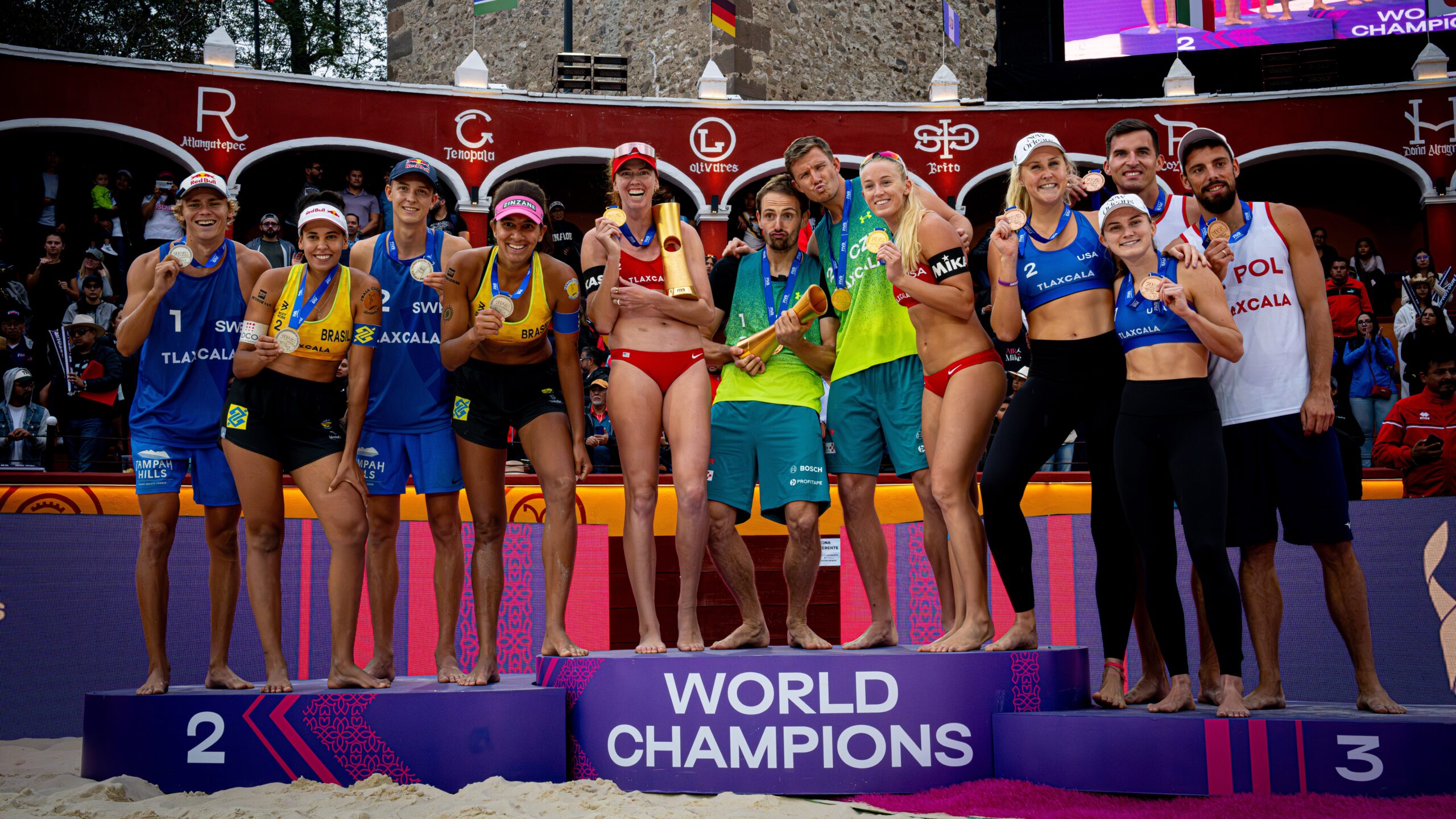In the grand theater of competitive sport, the award ceremony is often the final, glittering act – a choreographed display of triumph, protocol, and the occasional awkward photo opportunity. Yet, what if these iconic moments could transcend mere formality, evolving into something genuinely profound and deeply connective? The Fédération Internationale de Volleyball (FIVB) is doing just that, boldly reimagining its World Championship award ceremonies to forge a powerful, athlete-centered celebration of heritage, unity, and the enduring spirit of the global volleyball movement.
The `Living Bridge` of Generational Talent
This isn`t merely a tweak to tradition; it`s a strategic embrace of the sport`s rich narrative. The innovation lies in inviting volleyball`s most revered legends to present medals and trophies directly to the sport`s current champions. Picture the scene: a young, victorious athlete, still buzzing from their on-court heroics, stepping onto the podium. Instead of a dignitary whose primary connection to the sport might be a seat in the VIP box (and whose familiarity with a volleyball could charitably be described as academic), they are greeted by an icon whose posters once adorned their childhood walls, a player whose legendary serves and spikes inspired their own journey. It’s a moment laden with emotional weight, a palpable passing of the torch that resonates far beyond the flash of cameras.
This bold concept brilliantly highlights the continuum of excellence in volleyball. It recognizes that the shoulders upon which today`s champions stand are those of the giants who built the game. The sheer authenticity of this interaction—the shared understanding, the knowing glance between those who have tasted similar victories—is something a meticulously planned logistical exercise could never replicate. Indeed, one might almost detect a wry smile on the faces of the legends, remembering their own youthful exuberance, perhaps even a hint of mischief at escaping the more formal, less personal ceremonies of their own championship days.
Iconic Moments: Mireya Luis and Beyond
The recent Women`s World Championship in Thailand provided a magnificent showcase for this new tradition. Spectators and participants alike were treated to the inspiring sight of legends such as Jordan Larson (USA), Kim Yeon Koung (South Korea), and Nootsara Tomkom (Thailand) gracing the podium. These are not just names; they are chapters in volleyball history, now actively contributing to its future narratives.
One particularly poignant and widely celebrated instance occurred when Mireya Luis of Cuba—a three-time Olympic gold medalist and two-time World Champion, a name synonymous with athletic dominance—presented the coveted trophy to the new women`s champions, Italy. It was more than a hand-off of hardware; it was a profound handshake across generations, a silent acknowledgment of a shared legacy of passion, dedication, and unparalleled skill. These are the moments that truly create a `living bridge,` inspiring not just the recipients, but every aspiring player watching worldwide.
A Vision for the Future: Athletes, History, and Heritage
This athlete-first philosophy is not simply a charming gesture; it is a direct and thoughtful embodiment of Focal Point 5 of the FIVB’s Strategic Vision 2032, aptly titled `Athletes, History and Heritage.` The core objective is clear: to amplify the voice of athletes and to ensure that the sport`s rich legacy is not merely remembered, but actively celebrated and strategically leveraged to inspire future generations. It`s a pragmatic approach to maintaining relevance and passion within a global sport.
“Volleyball is more than a sport; it is a global community built across generations,” affirmed Louise Bawden, President of the FIVB Athletes’ Commission. “When we celebrate legends of volleyball together with today’s champions on the world stage, we showcase the collaboration, integration, peace, and solidarity that define our sport. Through activities like this, we inspire both the past and the next generation of athletes, and strengthen volleyball as one united movement.”
The overwhelmingly positive reception from both athletes and fans underscores the success of this initiative. It brings an unparalleled sense of authenticity and community to events that might otherwise risk becoming sterile. Looking ahead, the men’s competition in the Philippines, with medal matches scheduled for Sunday, September 28, is set to continue this powerful narrative, as more icons prepare to crown the next wave of champions.
Conclusion: More Than Just Medals
By placing its athletes – both the revered veterans and the triumphant newcomers – at the very heart of its most celebratory moments, the FIVB is doing more than just facilitating award ceremonies. It is meticulously nurturing a profound sense of continuity, ensuring that the stories, the struggles, and the soaring triumphs of those who built the sport continue to ignite the passion of those who carry its banner forward. It’s a thoughtful, elegant evolution for a ceremony often taken for granted, subtly reminding us that sometimes, the simplest gestures, imbued with genuine meaning, carry the greatest weight and leave the most lasting impression.

